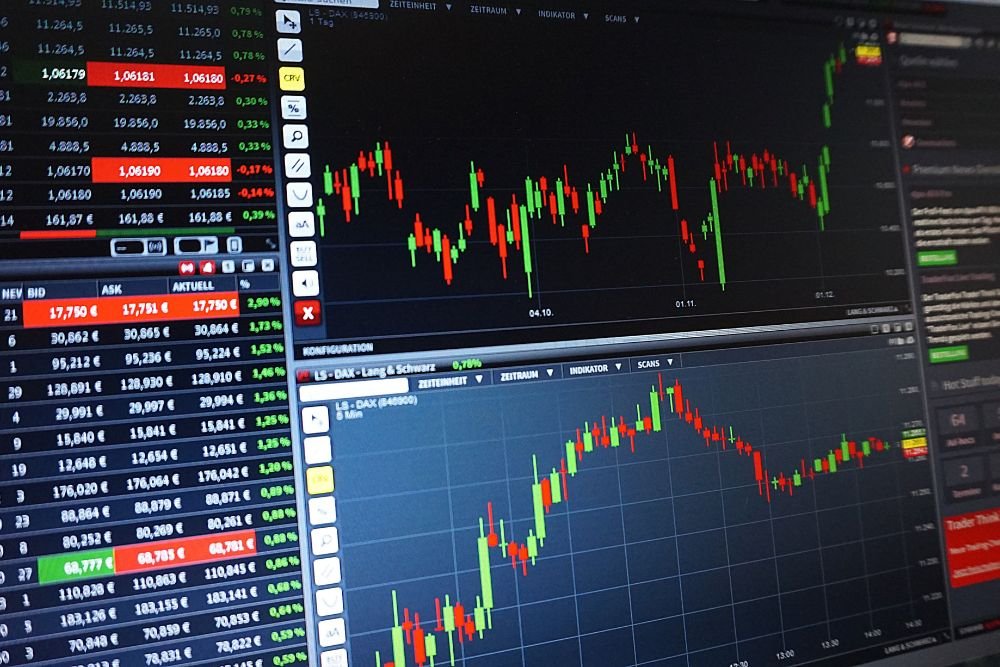Forex trading can be a bit tricky for beginners, but understanding trading chart patterns can help you make better decisions. Chart patterns are formations that appear on forex trading charts and indicate potential future price movements. Here, we will discuss nine essential forex trading chart patterns, including both bullish and bearish chart patterns. Learning these can improve your trading strategy and help you recognize the most successful chart patterns.
Head and Shoulders
The head and shoulders pattern is one of the most well-known bearish chart patterns. There are three peaks in all: two lower peaks (shoulders) and one higher peak (head). This pattern indicates the possibility of a trend reversal from bullish to bearish. Usually, you trade this pattern when the price breaks below the neckline that joins the two shoulders.Inverse Head and Shoulders
In contrast to the head and shoulders pattern, this one suggests a possible change in trend from a bearish to a bullish one. The inverse head and shoulders pattern also has three troughs: a lower trough (head) between two higher troughs (shoulders). When the price breaks above the neckline, it usually signals a buy opportunity.Double Top
A double top is another common bearish chart pattern. It forms after the price reaches a high point, retraces, rises again to a similar high, and then declines. The double top indicates that the price may struggle to rise further and could drop. Traders often sell when the price breaks below the support level, which is the lowest point between the two peaks.Double Bottom
The double bottom pattern is regarded as a bullish chart pattern since it is the reverse of the double top pattern. It forms when the price drops to a low, rises, drops again to a similar low, and then rises. This pattern suggests that the price has found a support level and may start to rise. Traders often buy when the price breaks above the resistance level, which is the highest point between the two lows.Triangle Patterns
Triangle patterns come in three varieties: symmetrical, descending, and ascending. These patterns show times when the price consolidates before moving forward toward the breakout.- Ascending Triangle: This pattern has a flat top and an upward-sloping bottom. It suggests a bullish trend and traders look for a breakout above the resistance line.
- Descending Triangle: This pattern has a flat bottom and a downward-sloping top. It indicates a bearish trend, with traders watching for a breakout below the support line.
- Symmetrical Triangle: This pattern has converging trend lines, suggesting indecision in the market. To enter the market, traders wait for a breakout in either direction.
Flags and Pennants
Patterns of short-term continuation, like pennants and flags, indicate a brief period of price consolidation prior to the price resuming its direction of movement in the dominant trend.- Flags: These patterns look like small rectangles that slope against the prevailing trend. A bullish flag slopes downwards while a bearish flag slopes upwards. The usual trading scenario for traders is when the price breaks out of the flag pattern.
- Pennants: These patterns are small symmetrical triangles that form after a strong price movement. They indicate a pause before the price continues in the direction of the trend. Traders watch for a breakout from the pennant to enter a trade.
Wedges
Wedge patterns are similar to triangle patterns but usually indicate a reversal rather than a continuation. Discover the two types of wedges: rising and falling.- Rising Wedge: This pattern indicates a bearish reversal, with traders looking to sell when the price breaks below the lower trend line. It arises when prices reach higher highs and lower lows, but the highs’ slope is less steep than the lows’ slope.
- Falling Wedge: This pattern forms when the price makes lower highs and lower lows, but the slope of the lows is less steep than the slope of the highs. Traders usually buy a bullish reversal when the price breaks above the upper trend line.





